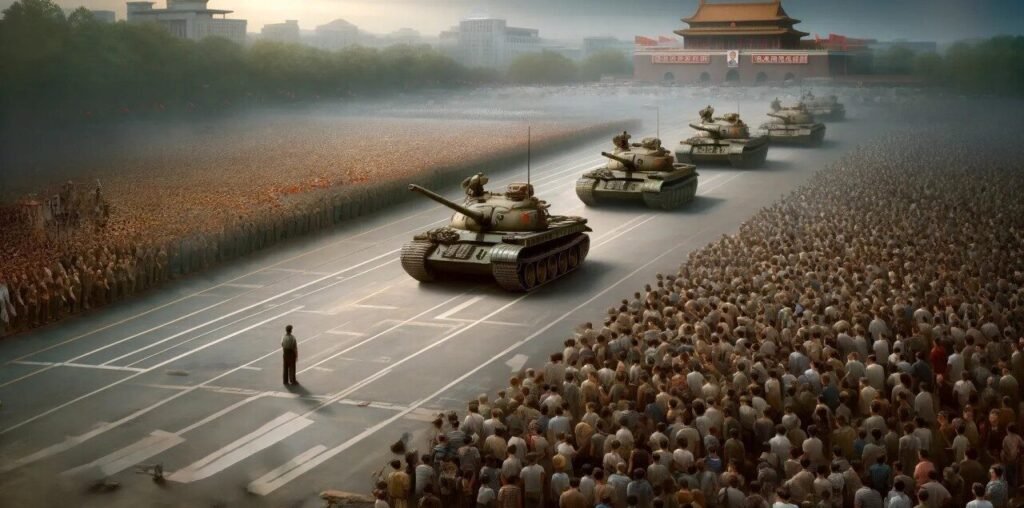June 4, 1989, is remembered for the tragic events that occurred at Tiananmen Square in Beijing, China. After weeks of peaceful pro-democracy protests, the Chinese government declared martial law and sent troops and tanks to suppress the demonstrations. The violent crackdown resulted in a significant number of deaths and injuries, highlighting the struggle for political reform and human rights in China.
The protests began in April 1989, following the death of Hu Yaobang, a former Communist Party leader known for his liberal views. His death sparked a wave of mourning and calls for political reform, drawing students, intellectuals, and citizens to Tiananmen Square. They demanded greater political freedom, government accountability, and economic reforms.
As the protests grew, the Chinese government became increasingly alarmed. On May 20, martial law was declared in Beijing, and troops were mobilized to surround the city. Tensions escalated, culminating in the early hours of June 4, when the government ordered troops and tanks to move into Tiananmen Square. Soldiers opened fire on unarmed protesters, and tanks rolled through the square, resulting in a significant number of deaths and injuries.
The iconic image of a lone protester standing in front of a line of tanks became a powerful symbol of resistance and the quest for democracy. Despite the government’s efforts to suppress information about the massacre, the events of June 4, 1989, continue to resonate as a poignant reminder of the cost of fighting for freedom and the ongoing struggle for human rights around the world.

